Why campaign has been launched to 'save' Yorkshire tom puddings tug boat the Wheldale
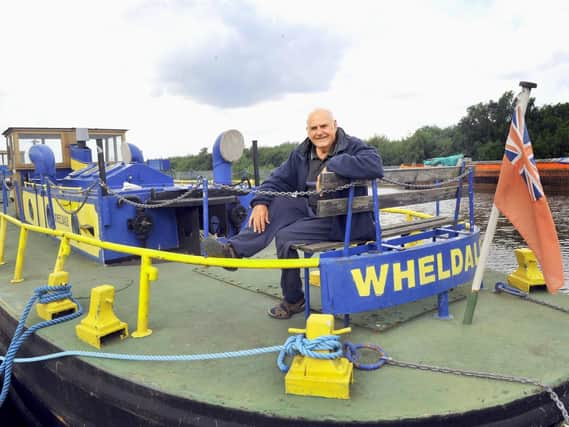

Harold Sharp’s smile as he sits aboard the Wheldale is undeniable. More than four decades have passed since he spent time as a skipper of the now blue and yellow tug boat, but it is a period he looks back on with great fondness.
The boat was one of a fleet of eight diesel tugs that played a vital role in the county’s mining industry, pulling chains of tom puddings full of coal from Yorkshire’s collieries, along the Aire and Calder Navigation, to the docks at Goole.
Advertisement
Hide AdAdvertisement
Hide AdThere, hydraulic hoists were used to transfer the coal into seagoing ships so it could be exported all over the world.
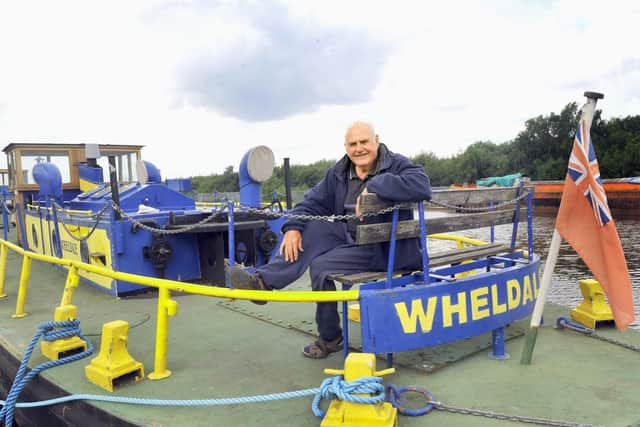

“It was absolutely fantastic working on these craft,” Harold enthuses, as he hops on board. “It was like being part of a lovely family - skippers, enginemen, mates, firemen. It’s part of my life I will never regret.”
Crewing the tugs
Harold was part of the Wheldale crew for three years, becoming skipper in 1972. He had previously worked for several years marshalling the puddings around the docks to prepare for shipment.
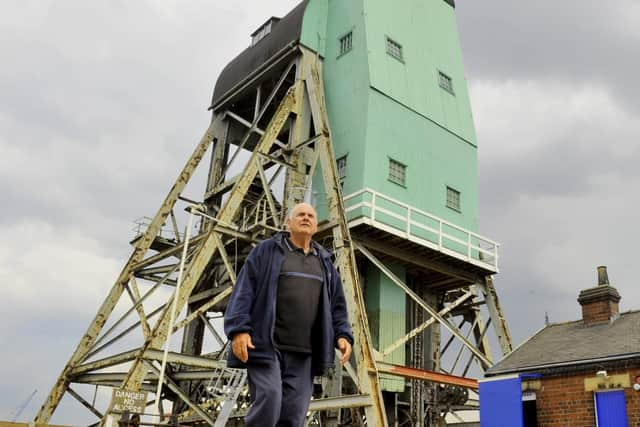

Advertisement
Hide AdAdvertisement
Hide AdAt times, he joined them on their journey along the canal, stepping in as relief tug crew if others were absent.
They were dangerous trips, he recalls, not only carrying the risk of falling - into the water or pans - but often posing the challenge of precarious navigations around oncoming traffic.
Still, the journeys prepared him well for his time that was to follow as the Wheldale’s skipper - though rather than running to and from the collieries, at that point the tug was playing a shunting role in the docks, delivering loaded pans to the hoists.
Full ones would be taken to there so the coal could be tipped into cargo ships for its onward journey along the Ouse and Humber and then around the British coast or over to the continent.
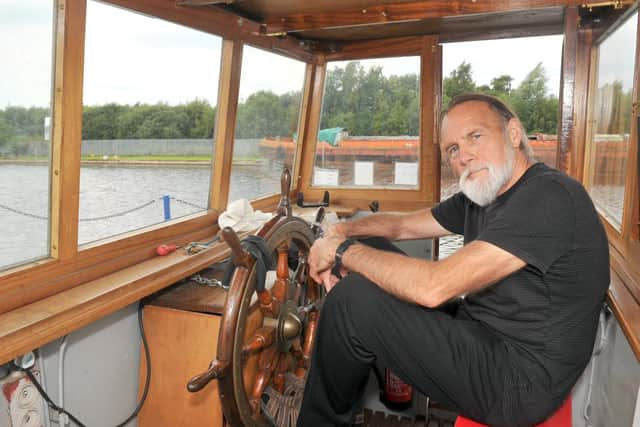

Advertisement
Hide AdAdvertisement
Hide AdOnce emptied, the pans would be stored until being picked up by a tug and pulled back along the canal to be re-loaded in the coal fields - and the process would start again.
“I really enjoyed it,” reflects Harold. “The Wheldale has special memories for me.”
Campaign society
The 76-year-old, who later went on to work with Associated British Ports, is now backing a campaign to ‘save’ the Wheldale and her tom puddings after their future was thrown into doubt.
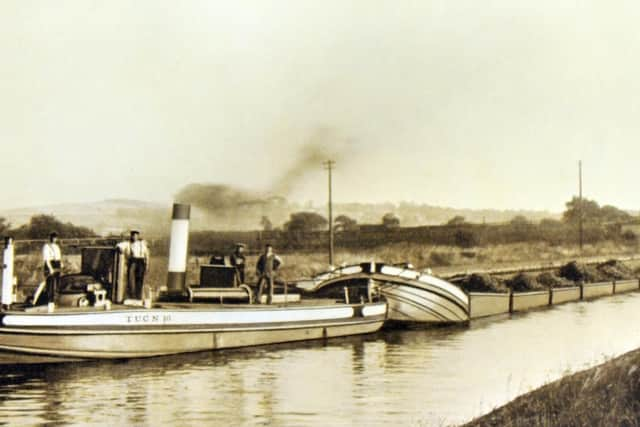

Since 1997, the tug had been looked after at the Yorkshire Waterways Museum in Goole, one arm of The Sobriety Project, an enterprise set up in 1980 to advance the education of people living in Yorkshire and Humberside.
Advertisement
Hide AdAdvertisement
Hide AdThe charity used the museum and several vessels as resources to run training programmes for disadvantaged people including ex-offenders and youngsters excluded from school.
The museum, which told the history of Yorkshire’s waterways and the town of Goole, also ran public boat trips from Goole docks including on the Wheldale, which currently remains docked at the site, alongside a train of three tom puddings.
But their future is uncertain after the project and museum closed in May due to funding shortages and a liquidator was appointed to deal with the assets.
“If the Wheldale was sold, I’d feel one of the strings of my heart was lost,” says Harold - and he is not alone in his sentiment.
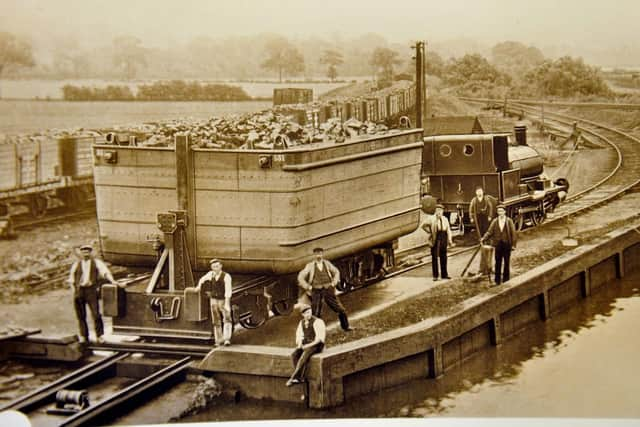

Advertisement
Hide AdAdvertisement
Hide AdWithin days of the closure, members of the community resolved to set up the Yorkshire Waterways Heritage Society, the first goal of which is to raise money to purchase the Wheldale and her tom puddings and invest in their maintenance.
Memorable history
“Lots of people in West and South Yorkshire can remember the tugs with their trains of tom puddings coming past their houses,” says society member Malcolm Broadhead.
The 69-year-old had volunteered with the waterways museum for ten years, taking on a skipper role on several of the Wheldale’s trips.
“A lot of visitors have said they can remember them running. People used to wave at them as they went by through the villages. They were part of a unique system.”
Advertisement
Hide AdAdvertisement
Hide AdOnce necessary maintenance work has been carried out, volunteers hope to recommence public trips on the tug around Goole docks and along the Goole and Knottingley canal.
They also plan to continue to educate people about the industrial heritage of the Wheldale and the inland port of Goole, which has now been trading for nearly 200 years. Fundraising efforts have already generated more than £6,000, but with £35,000 an overall target for acquisition and repairs, there is still a long way to go.
“The Wheldale is absolutely original and has been so cared for,” society chair Rachel Walker says.
“If somebody else got it for its heritage value, we would love to help them but we are really worried that someone is going to get hold of it and turn it into something it’s not. It would be a terrible shame.”
Multiple roles
Advertisement
Hide AdAdvertisement
Hide AdAccording to the Government-funded organisation National Historic Ships UK, the Wheldale is the last remaining tom pudding tug in complete, original working order.
She was built in 1959 for British Waterways, part of a new diesel fleet to replace earlier steam-powered tugs.
When tom puddings stopped operating in 1986-87, she was then sold to Hargreaves and used as a push-pull tug, running bigger boats carrying coal between Kellingley Colliery and Ferrybridge Power Station.
The waterways museum acquired her a decade later and after volunteers’ hard work on her restoration, she began running trips around Goole docks from the year 2000.
Advertisement
Hide AdAdvertisement
Hide AdSince the end of her working life, the Wheldale has also received attention from the Royal family. In 2012, the tug was selected to be involved in the Queen’s Diamond Jubilee celebrations, where she was part of the river flotilla, in the historic working boat category.
Later that year, volunteer crew took her to Stanley Ferry in Wakefield, where they were greeted by Princess Anne, who had paid a visit to lock gate workshops at the site.
It is also believed the Duke of Edinburgh tried his hand at skippering the boat when he was taken on a trip around the docks during a royal visit to Goole in the late 1990s.
Advertisement
Hide AdAdvertisement
Hide Ad“The Wheldale is such a unique part of Goole’s heritage and the heritage of the whole Yorkshire waterways,” says Rachel, who worked at the museum for eight years until 2013.
“So much effort, volunteer time and public money has gone into restoring the Wheldale and we don’t want that to go to waste.”
Railway on the water
The Wheldale was a cog in a well-oiled system that has since been labelled ‘a railway on the water’.
The tugs - steam and then diesel - and their chains of up to 19 tom puddings could carry more than 700 tonnes of coal at any one time and each of the five hydraulic hoists that once sat in
Advertisement
Hide AdAdvertisement
Hide AdGoole were able to load 40 tonnes into a collier ship in the space of just ten minutes.
Such efficiency made coal transportation by water comparable to that by rail.
“We refer to the whole thing as a system,” says David Scrimgeour, who began volunteering at the waterways museum last year. “You’ve got the tug, the tom puddings and the hoist and they all work together.”
Today, just one of Goole’s unique hoists remain and its significance is recognised in its Grade II* Historic England listing.
Advertisement
Hide AdAdvertisement
Hide Ad“You’ve got that in Goole and it would be wrong to let the other parts of what I call the train set - the tug and the tom puddings - go and find their way to someone else, however well meaning they are,” David adds.
“They are part of Goole and we are literally seven years away from the bicentenary of the port and in my head it is unthinkable that we should lose the Wheldale.
“I think it’s fair to say that’s shared by all of us. She’s part of Yorkshire’s heritage because of what she was involved in. It would be a loss to the whole county.”
To donate to the fundraising campaign, visit www.justgiving.com/campaign/Wheldale